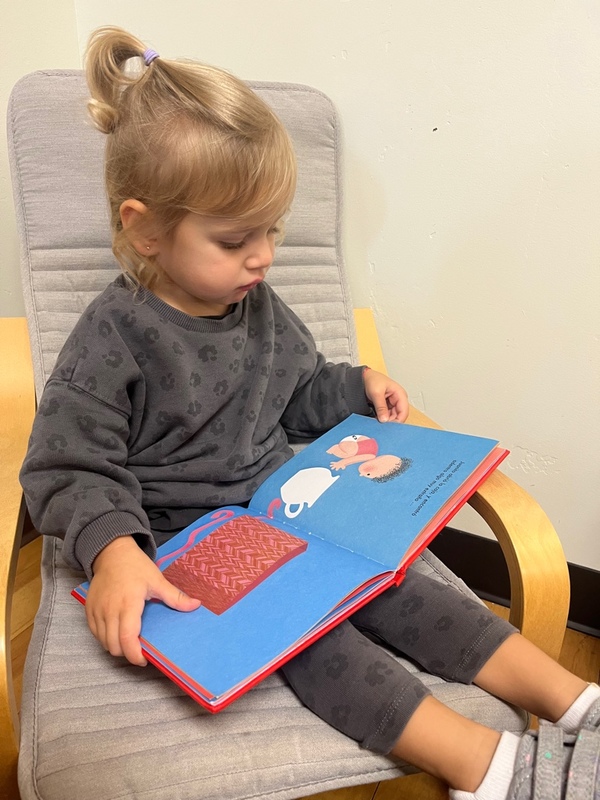(858) 759-0631
To help focus on how you can help your toddler be more independent at home, we've created this post for you to consider when it comes to encouraging toddler independence:
- Practice scooping, pouring, and filling containers:
- Your child can practice this in the sandbox, bathtub, or with food. Anything that requires scooping and getting something to go to a specific destination is good practice to help your toddler prepare to use utensils. Consider working with uncooked rice or cereal. Scoop it up with a spoon and pour it into muffin cups or ice trays.
- Offer your child the right utensils:
- Buy toddler spoons and forks to make learning to use utensils easier for your child. They are often easier to grip with slippery hands, and smaller to make eating easier and less messy. Ikea carries some toddler utensils, but you can also let them use a salad fork and dessert spoon.
- Start out giving your child thick foods to scoop with a spoon for the best results:
- It is much easier for a toddler to scoop up a thick spoonful of oatmeal that sticks to the spoon than a spoonful of soup. Using a spoon can be especially tricky for a toddler, and your child will be less frustrated if at least some food ends up in his mouth. Forks are a little easier for toddlers to master. Your toddler may find it fun to spear food with his fork after being shown how to do it once or twice.
- Expect a mess:
- Teaching your toddler to use utensils will be a messy experience. Young children frequently hold spoons upside down, turn them upside down just before the spoon makes it to their mouth, and give up on utensils altogether while learning to use them. There will be a mess, but this is necessary for learning.
- Mimic yourself:
- Sit in front of your child and show exactly how you would hold the utensil, get food from the plate, and put it in your mouth. This is the best way he will learn in time.
Also, please help your child to be more independent as far as self-care goes in the classroom. Please avoid the following type of clothing for your child:
- Girls: long dresses/skirts, pantyhose, long tight sleeves
- Boys: tight jeans/pants, pants with buttons/zippers or belts, long tight sleeves.
This kind of clothing could be interfering with your child’s movement and the ability to be free in the environment. Especially during toileting, long dresses on girls block their way to independently pull up their underwear once they are done using the toilet, and most of the time the back of the dress falls into the toilet. Instead, please dress your child in short sleeves, shorts, and looser pants.
Thank you!
- Miss Nadia, Cricket Teacher
Blog Cateogry:
Featured Image:

